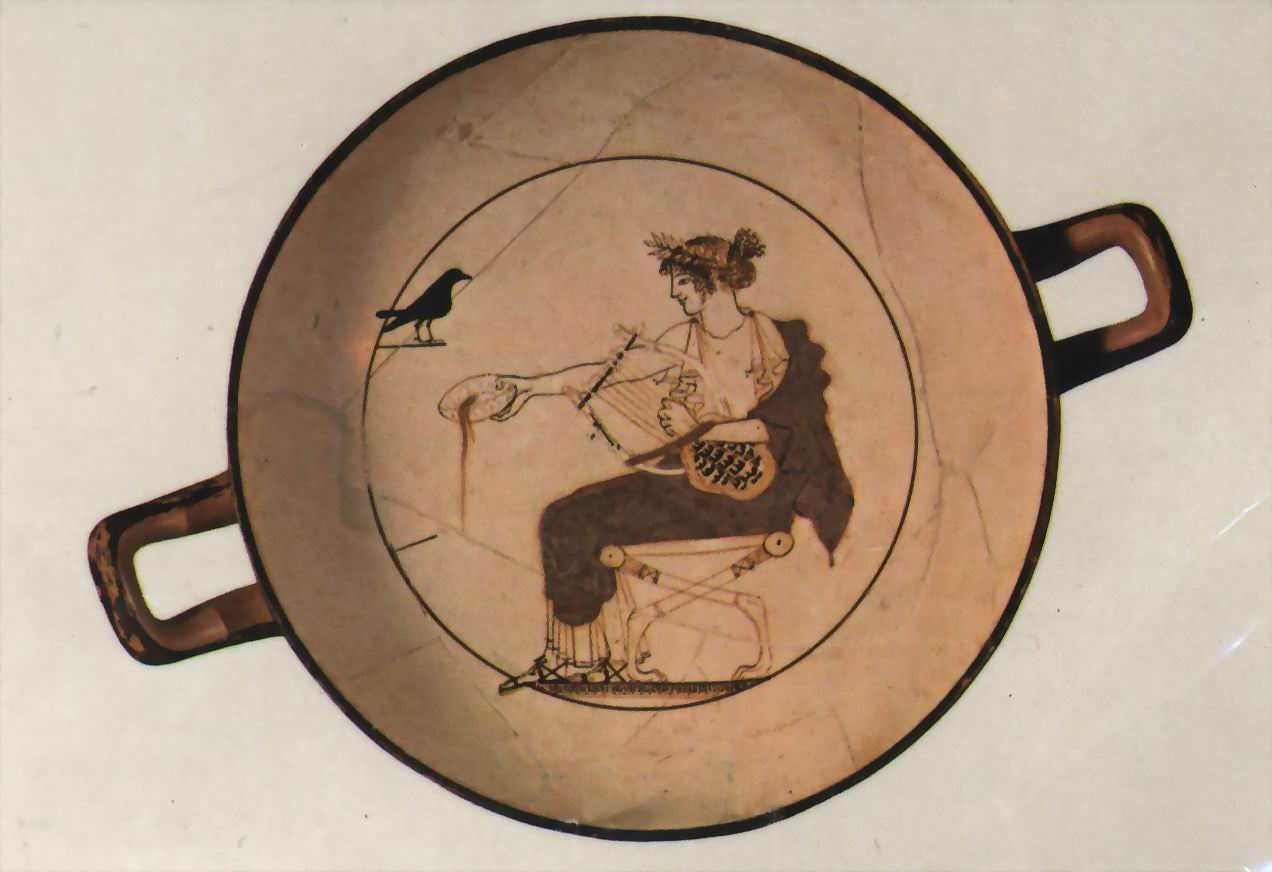Theft in the museum?
6th Grade – Language – Unit 2 Residence – Description of building – Unit 13 Direct and Indirect Speech
(Greek Educational System)
Go to the lesson
|
|
Materials for the lessonA leaflet of a museum that students recently visited containing a building plan and photos of the most precious objects.A road map of the area where the museum is locatedA piece of textile or paper (width 1m)Ordinary carnival accessories such as mustache, wig, glasses, ties… The teacher can find some in school material. |
Layout of the classroomFree space is necessary. Furniture is moved to the walls apart from 3 desks and some chairs. |
|
Phase 1During a school visit to a museum, the students are asked to focus their attention on the museum building as well as the exhibits. A plan of the building is also given and students are invited to find in different rooms certain precious exhibits. For example: a statue, a tool, a jewel or a pot. |
|
Phase 2The teacher starts the lesson telling a short story:“A group of thieves plans to steal a precious object from the museum that the class recently visited.Unfortunately for the thieves, two children, living in the next apartment, saw suspicious moves and called their friends for help. Will they be able to prevent the theft of the precious object from the museum?”The class is divided into 3 groups: Thieves, Children and Police agents.One desk serves as a bureau for the Police Agents and it is placed with some chairs, in a corner of the classroom.Two desks or chairs one upon the other serve as apartment divider. A piece of textile or paper, large sized, covers the desks or chairs. Some small holes are opened so children can secretly see through.Each Thief choses a different accessory and puts it on.A leaflet of the museum with the building plan, a road map of the area where the museum is located and a list of questions are distributed to Thieves. All this material will help them describe the museum and better organize the action.Finally, the Thieves secretly decide which object to steal. Neither the Children nor the Teacher or the Police Agents know the identity of the object. |
|
Phase 3With teacher’s signal, the Thieves, in their apartment, start the conversation while the Children, behind the divider, listen secretly to them trying to see through the small holes of the paper or textile. During the conversation, the Thieves never reveal which object they intend to steal. They always mention it as the ‘Thing’.The Thieves describe in details the museum outside and inside, guided by a list of questions.Example of questions:
With teacher’s signal, the action stops. |
|
Phase 4With teacher’s signal, Children’s group goes to Police Station and report the plans of the Thieves next door.For example:“The man wearing a red tie asked how was the building.” or“The red-haired woman said that the ‘Thing’ is exhibited in room A, on first floor, besides the shop.”Both Children and Police agents make assumptions about the identity of the ‘Thing’.With teacher’s signal, the action stops.The Thieves reveal the ‘Thing’ and the assumptions are validated if all the information is clearly stated by the Thieves and reported intact without omissions or distortions by the Children. |
|
Phase 5Teacher and all groups discuss about what they learnt, how they learnt, what they liked or disliked. At the end, they could imagine, write or play the end of the story. |


 SmartOWL
SmartOWL